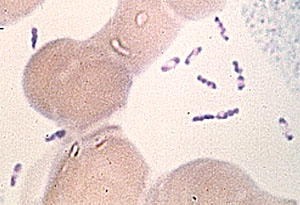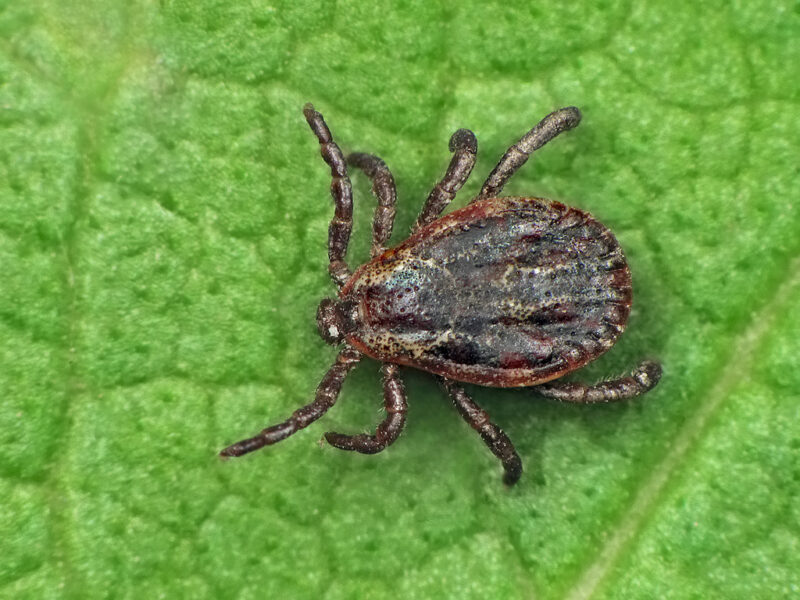Germany, Cuba, Tanzania,Jordan and Tibet reported their first H1N1 deaths. WHO reported that over 340,000 people have been infected worldwide and more than 4,525 have died.
Concerns about H1N1 developing resistance to antiviral medications increased as Vietnam reported three Tamiflu-resistant cases and Japan saw a resistant case in a teenager not previously treated with the drug.
The largest U.S. analysis of hospitalized adult swine flu patients to date found 46% did not have underlying conditions.
With 19 new H1N1 deaths in children, the CDC reported 76 US children had died so far.
Two studies published in the Journal of the American Medical Association provide further evidence H1N1 can be unusuallyaggressive in young healthy adults.
A third study in JAMA reported most patients who underwent extracorporeal membrane oxygenation (ECMO) for H1N1 associated respiratory failure survived.
Researchers at Stanford University created a computer model of the H1N1 pandemic to evaluate the effect of vaccination. In the Annals of Internal Medicine, they report that vaccinating 40 percent of the U.S. population in October would save 2,051 lives and $469 million. Vaccinating 40% in November would still save 1,468 lives and $302 million.

